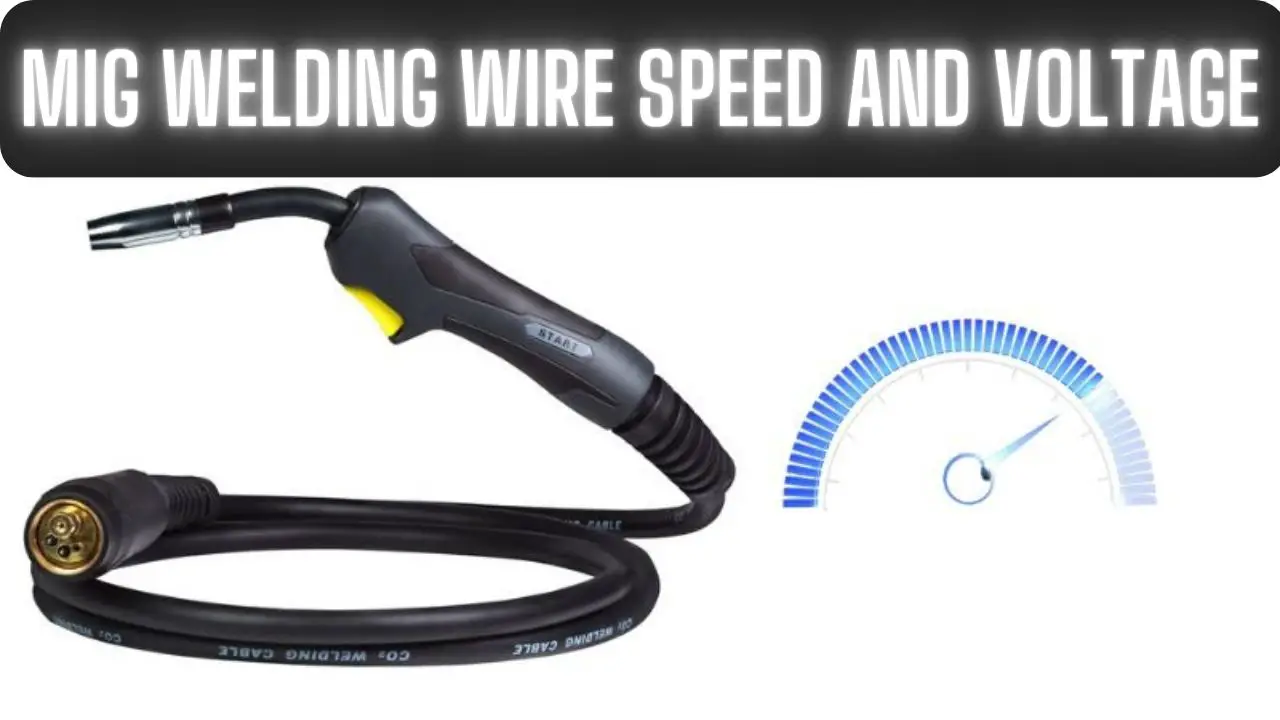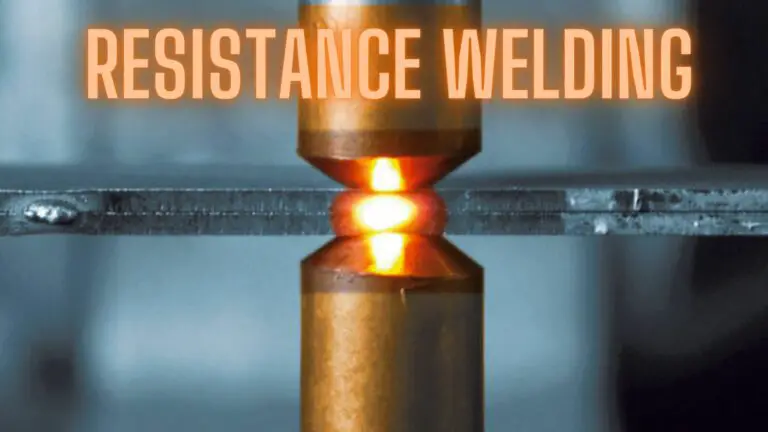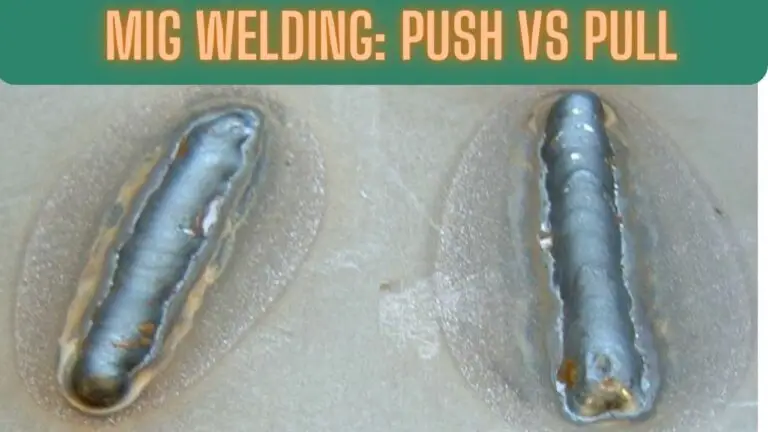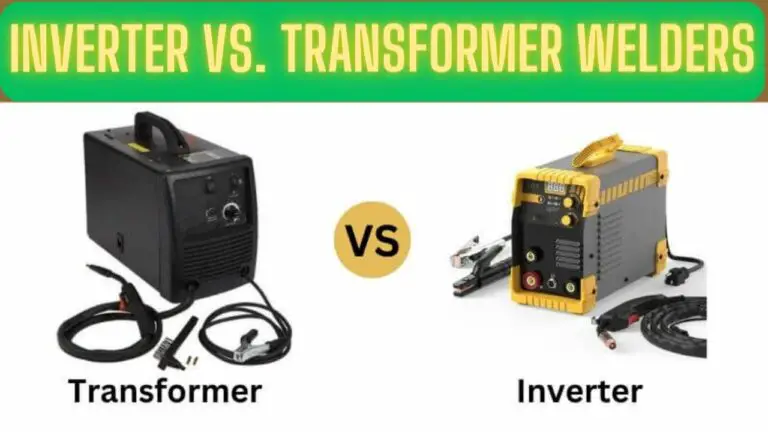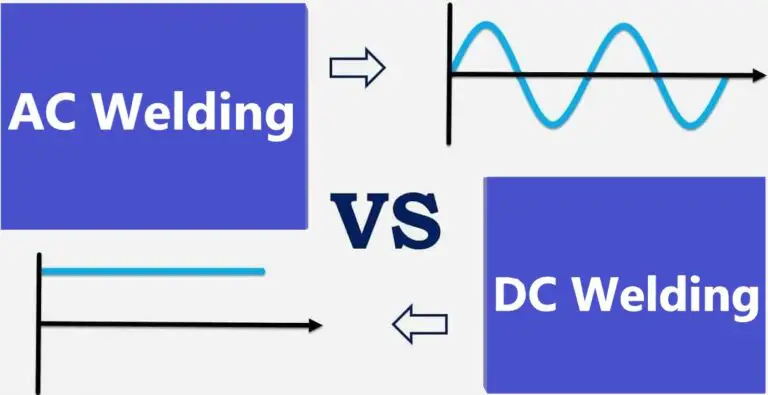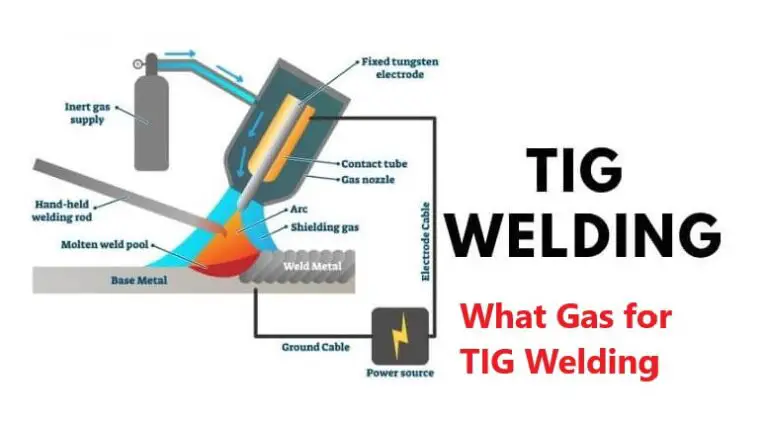MIG Welding Wire Speed and Voltage: The Keys to Quality Welds
Introduction
MIG (Metal Inert Gas) welding is a widely used welding process known for its versatility and ease of use. Achieving high-quality MIG welds requires precise control of two key parameters: wire speed and voltage. Welders rely on a MIG welding wire speed and voltage chart as a valuable reference tool to set these parameters correctly for various welding applications. In this article, we’ll delve into the importance of wire speed and voltage in MIG welding and provide a guide on how to use a chart effectively.
Understanding Wire Speed and Voltage in MIG Welding:
- Wire Speed: Wire speed, measured in inches per minute (IPM) or centimeters per minute (CPM), refers to the rate at which the welding wire is fed into the welding gun. It directly affects the amount of filler material (welding wire) being deposited into the weld joint. Adjusting wire speed controls the weld bead size and penetration.
- Voltage: Voltage, measured in volts (V), determines the electrical energy provided to the welding arc. It affects the heat generated at the arc and influences the weld’s penetration and the width of the heat-affected zone (HAZ). Voltage settings vary based on the thickness of the material being welded and the desired weld characteristics.
The Importance of Wire Speed and Voltage Settings:
- Quality Welds: Accurate wire speed and voltage settings are crucial for producing high-quality welds with good penetration, proper fusion, and minimal defects such as porosity or lack of fusion.
- Material Thickness: Adjusting these parameters is essential when welding materials of different thicknesses. Thicker materials require higher voltage and wire speed, while thinner materials need lower settings to prevent burn-through.
- Welding Position: Wire speed and voltage settings may change depending on the welding position, whether it’s flat, horizontal, vertical, or overhead. Proper adjustment ensures consistent results across positions.
Using a MIG Welding Wire Speed and Voltage Chart:
A MIG welding wire speed and voltage chart serves as a quick reference guide to help welders select the appropriate settings for their specific welding job. Here’s how to use it effectively:
- Material Thickness: Determine the thickness of the material you plan to weld. This is a critical factor in selecting the right wire speed and voltage settings.
- Wire Diameter: Ensure that the welding wire diameter you’re using matches the recommendations on the chart. The wire diameter affects the ideal settings.
- Chart Selection: Locate the appropriate chart or table in your welding machine’s manual or on the wire manufacturer’s website. These charts typically provide guidance for various wire diameters and material thicknesses.
- Reference the Chart: Look for the intersection of the wire diameter and material thickness on the chart. You’ll find recommended wire speed (IPM/CPM) and voltage settings for that specific combination.
- Setting Adjustment: Set your welding machine to the recommended wire speed and voltage settings. Some welding machines allow you to select these values directly, while others require you to adjust them manually.
- Test Welds: Before starting the actual weld, perform test welds on scrap material using the recommended settings. Evaluate the results, including bead appearance, penetration, and overall weld quality.
- Fine-Tuning: Based on your test welds, you may need to fine-tune the settings to achieve the desired weld characteristics. Small adjustments to wire speed and voltage can make a significant difference.
Additional Tips:
- Keep the chart easily accessible in your workspace for quick reference.
- Maintain a clean welding gun, wire, and contact tip to ensure consistent performance.
- Consider factors like joint preparation, gas type, and shielding gas flow rate in your welding process.
Voltage Requirement For MIG Welding
The voltage requirement for MIG (Metal Inert Gas) welding can vary depending on several factors, including the material thickness, wire diameter, shielding gas, and the specific welding machine being used. However, I can provide you with some general guidelines regarding voltage settings for MIG welding:
1. Material Thickness:
- Thinner materials typically require lower voltage settings, while thicker materials need higher voltages. As a general rule of thumb, you can start with the following voltage settings for common material thicknesses:
- 18-20 volts for 1/16-inch to 1/8-inch (1.6mm to 3.2mm) steel.
- 20-24 volts for 3/16-inch to 1/4-inch (4.8mm to 6.4mm) steel.
- Higher voltages may be needed for thicker materials.
2. Wire Diameter:
- The diameter of the welding wire also affects voltage settings. Larger wire diameters generally require higher voltages to maintain a stable arc. Conversely, smaller wire diameters can work with lower voltages.
3. Shielding Gas:
- The type of shielding gas you use can influence voltage settings. Different gases have different characteristics, and some may require adjustments to the voltage. Consult the gas manufacturer’s recommendations or your welding machine’s manual for guidance.
4. Welding Position:
- The welding position (e.g., flat, horizontal, vertical, overhead) can impact voltage settings. Vertical and overhead welding may require slightly higher voltages to maintain good penetration.
5. Welding Machine:
- The specific MIG welding machine you use may have its own voltage range and recommendations. Refer to the machine’s manual for manufacturer-recommended settings.
6. Trial and Error:
- Keep in mind that the optimal voltage setting can vary based on personal preferences and the specific welding situation. It may require some trial and error, as well as test welds on scrap material, to fine-tune the voltage for your specific needs.
7. Welding Process:
- In addition to traditional MIG welding (short-circuit transfer), there are variations like spray arc and pulse MIG welding, each with its own voltage requirements. Consult your welding machine’s manual for guidance on these specialized processes.
Remember that achieving the correct voltage setting is crucial for producing high-quality MIG welds. It influences the arc stability, heat input, penetration, and overall weld appearance. Always prioritize safety by following manufacturer guidelines, and wear appropriate personal protective equipment (PPE) when MIG welding. Additionally, consider factors such as joint preparation, travel speed, and wire feed speed in conjunction with the voltage setting to achieve the best welding results.
Impact Of Voltage On MIG Welding
Voltage plays a significant role in MIG (Metal Inert Gas) welding and has a notable impact on various aspects of the welding process and the quality of the welds produced. Here are the key ways in which voltage affects MIG welding:
1. Arc Length:
- Voltage directly influences the length of the welding arc. Higher voltage settings result in a longer arc length, while lower voltage settings create a shorter arc. Controlling the arc length is essential because it affects the stability of the arc and, consequently, the weld bead’s appearance and quality.
2. Heat Input:
- Voltage determines the amount of heat generated at the welding arc. Higher voltage settings produce more heat, while lower voltages generate less heat. Proper heat control is critical because it affects the depth of penetration into the base metal and the overall weld quality.
3. Penetration:
- Voltage significantly influences the depth of penetration of the weld bead into the base metal. Higher voltages provide greater penetration, which can be advantageous when welding thicker materials. Conversely, lower voltages are used for thinner materials to prevent excessive penetration.
4. Weld Bead Shape and Width:
- The voltage setting affects the shape and width of the weld bead. Higher voltages tend to produce wider and flatter weld beads, while lower voltages result in narrower, more convex beads. The choice of voltage can impact the overall aesthetics of the weld.
5. Spatter:
- Voltage also plays a role in spatter formation. Spatter refers to the tiny droplets of molten metal that can spray away from the weld puddle during welding. Excessive spatter can lead to weld defects and increased cleanup. Proper voltage control helps minimize spatter.
6. Stability of the Arc:
- Maintaining a stable welding arc is crucial for producing quality welds. Voltage affects the stability of the arc, and it must be set within the appropriate range to ensure a consistent and controlled arc.
7. Welding Speed:
- Voltage can influence the welding speed. Higher voltage settings allow for faster welding because they generate more heat and, therefore, can melt more filler material quickly. Conversely, lower voltages may require slower travel speeds to achieve proper fusion.
8. Welding Position:
- Voltage settings can vary depending on the welding position (e.g., flat, horizontal, vertical, overhead). In some cases, welding vertically or overhead may require higher voltage settings to maintain adequate penetration and weld quality.
9. Shielding Gas Interaction:
- The type of shielding gas used in MIG welding can interact with voltage settings. Certain gases may require voltage adjustments to maintain stable and efficient welding arcs.
10. Material Thickness:
Voltage settings should be selected based on the thickness of the material being welded. Thicker materials typically require higher voltages to achieve proper penetration, while lower voltages are suitable for thinner materials.
MIG Welding Wire Speed and Voltage FAQS
What is the role of wire speed and voltage in MIG welding?
Wire speed controls the rate at which the welding wire is fed into the welding arc, affecting the amount of filler material deposited into the weld joint. Voltage determines the electrical energy provided to the welding arc, influencing heat generation and penetration.
How do I select the correct voltage for MIG welding?
The correct voltage depends on factors such as material thickness, wire diameter, welding position, and shielding gas. Refer to your welding machine’s manual, welding wire manufacturer recommendations, or consult welding charts to find appropriate starting points. Fine-tune based on test welds.
Can I use the same voltage setting for all materials and thicknesses?
No, voltage settings should be adjusted based on the specific material and thickness you are welding. Thicker materials typically require higher voltage settings, while thinner materials need lower voltages.
What happens if I use the wrong voltage setting?
Using the wrong voltage setting can result in poor weld quality. Too low of a voltage may lead to lack of penetration and incomplete fusion, while too high of a voltage can cause excessive spatter and potential burn-through on thin materials.
How does wire diameter affect voltage requirements?
- Larger wire diameters generally require higher voltage settings to maintain a stable arc, while smaller wire diameters can work with lower voltages. The wire diameter impacts the electrical resistance of the welding circuit.
Are there different voltage settings for different welding positions?
Yes, welding positions can influence voltage settings. Welding vertically or overhead may require slightly higher voltage settings to ensure proper penetration and weld quality.
Can I use the same voltage setting for different shielding gases?
Different shielding gases can affect the arc characteristics and may require adjustments to the voltage. Refer to the recommendations provided by the gas manufacturer or your welding machine’s manual.
How can I fine-tune voltage settings for my specific welding application?
Conduct test welds on scrap material with varying voltage settings to evaluate bead appearance, penetration, and overall weld quality. Make small adjustments as needed until you achieve the desired results.
What is the recommended starting voltage for MIG welding on carbon steel?
A common starting point for MIG welding on carbon steel is around 18-20 volts for thinner materials (1/16-inch to 1/8-inch) and 20-24 volts for thicker materials (3/16-inch to 1/4-inch). However, these settings can vary based on the specific situation.
Can I use voltage charts from welding wire manufacturers?
Yes, many welding wire manufacturers provide voltage charts specific to their wire products. These charts can be valuable references for setting voltage based on wire diameter and material thickness.
Conclusion
In conclusion, a MIG welding wire speed and voltage chart is an invaluable tool for welders, helping them make informed decisions and achieve the desired weld quality. Properly adjusting wire speed and voltage settings based on material thickness and wire diameter is essential for successful MIG welding across various applications. By following the chart’s recommendations and conducting test welds, welders can consistently produce strong and reliable welds.

